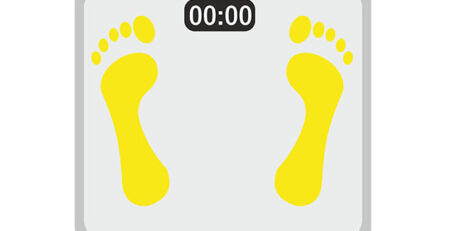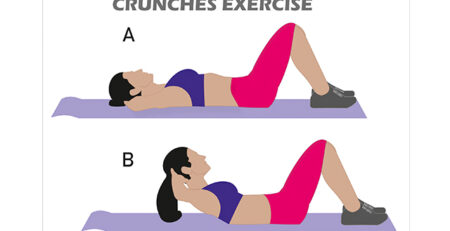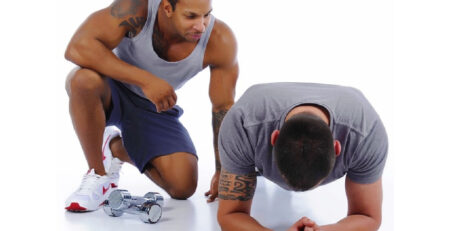Mastering the Deadlift: A Step-by-Step Guide to Strength and Safety”Deadlift” learn how to do it..
The deadlift is one of the most powerful and effective exercises for building total-body strength, especially targeting the glutes, hamstrings, core, and lower back. It’s a staple in strength training and bodybuilding, helping athletes and fitness enthusiasts build muscle, increase endurance, and boost overall performance.
However, as rewarding as it is, the deadlift can be dangerous if not performed with proper technique. Incorrect form can lead to serious injuries, especially in the lower back. To help you maximize gains while minimizing risks, here’s an in-depth guide on how to deadlift properly, different variations, and how to master it from beginner to advanced levels.
How to Deadlift with Proper Form
To perform a deadlift correctly, follow these essential steps:
- Position Your Feet Correctly: Stand with your feet shoulder-width apart and position them halfway under the barbell.
- Grip the Bar Properly: Bend over while keeping your back straight and head up. Grab the bar slightly outside of your feet.
- Adjust Your Knees and Shins: Bend your knees until your shins touch the bar, ensuring a strong starting position.
- Engage Your Core and Glutes: Keep your body tight, especially your core and glutes, to maintain balance and control.
- Lift Your Chest and Straighten Your Back: Avoid curving your lower back inward or outward. Your spine should remain neutral.
- Breathe and Lift: Take a deep breath, hold it, and stand up with the weight. As you reach the top, exhale.
- Hold the Weight for Stability: Once at the top, hold the weight for 1-2 seconds while keeping your glutes and back engaged.
- Avoid Hyperextension: Do not lean too far back at the top. Your body should remain in a straight line.
- Lower the Weight Safely: Move your hips backward as you bend your knees and return the bar to the floor.
- Repeat the Movement: Once the weight touches the ground, reset and perform the next repetition with proper form.
Deadlift Variations: Unlock Different Strength Gains
The deadlift comes in various forms, each targeting different muscle groups and training goals. Here are some of the most effective deadlift variations:
1. Conventional Deadlift
- The standard form of the deadlift, engaging the hamstrings, glutes, lower back, and core.
2. Sumo Deadlift
- A wider stance with hands positioned inside the knees. Puts less strain on the lower back and focuses more on the inner thighs and glutes.
3. Hex or Trap Bar Deadlift
- Uses a hexagonal bar that allows a more natural grip position, reducing stress on the lower back.
4. Snatch Grip Deadlift
- Uses a wider grip, increasing back and upper body activation.
5. Romanian Deadlift
- Focuses more on the hamstrings and glutes, keeping the legs slightly bent throughout the movement.
6. Stiff-Legged Deadlift
- Similar to the Romanian deadlift but with a straighter leg position, emphasizing hamstring stretch and flexibility.
7. Straight-Leg Deadlift
- A variation where legs remain straight, increasing hamstring and glute activation.
8. Deficit Deadlift / Rack Pulls
- Performed on an elevated surface or from an elevated rack position to adjust the range of motion.
9. The Hack Lift
- Similar to a reverse deadlift, engaging quads and hamstrings.
Each variation serves a unique purpose, making it essential to incorporate different styles into your routine based on your fitness goals and experience level.
How to Master the Deadlift (Beginner to Advanced)
The deadlift is simple once you master the correct technique. However, rushing into heavy lifts without proper training can result in injuries, especially to the lower back. Here’s a structured approach to progress from beginner to advanced levels safely.
Step 1: Start with a Deadlift Bag (Beginner Level)
- Use a deadlift bag to practice form and build foundational strength.
- Begin with 5kg and gradually increase to 30kg.
- Perform 3 sets of 10-15 reps, three times a week for a month.
Step 2: Transition to a Smith Machine (Intermediate Level)
- The Smith Machine provides a controlled range of motion, minimizing injury risks.
- Start with 40-70% of your body weight.
- Perform 3-4 sets of 8-10 reps, twice or thrice a week for 1-2 months.
Step 3: Move to Free Weights (Advanced Level)
- Begin with 30-40% of your body weight, performing 2 sets of 10 reps.
- Increase to 50-60% of your body weight for 2 more sets (8-10 reps each).
- Train twice a week for at least a month.
Step 4: Advanced Strength Progression
- Start with 30-40% of body weight for 10 reps (first set).
- Increase to 50-70% for 6 reps (second set).
- Lift 100-110% of your body weight for 2-4 reps (third set).
- Finish with one rep of 110%+ of body weight.
- Repeat twice a week, progressively increasing weight.
Final Tips for an Effective Deadlift Routine
- Always warm up before starting to prevent injuries.
- Engage your core to maintain a strong posture.
- Don’t rush to heavy weights; progress gradually.
- Listen to your body and avoid overtraining.
- Incorporate recovery techniques like stretching and foam rolling.
By following this structured approach, you’ll build strength, improve form, and safely progress to heavier weights, making the deadlift an invaluable part of your fitness routine.
Disclaimer
FitToFlaunt.com strongly recommends consulting a physician before beginning any exercise program. You should be in good physical condition and assume all risks associated with fitness activities. FitToFlaunt.com is not responsible for any injuries or health issues arising from following this workout guide.
Conclusion
The deadlift is a game-changer when it comes to total-body strength and muscle development. With proper form, gradual progression, and consistent training, you can safely master this powerhouse movement and unlock your full fitness potential. Start small, stay consistent, and push your limits safely!
Ready to take your training to the next level? Incorporate deadlifts into your workout routine and watch your strength soar!











